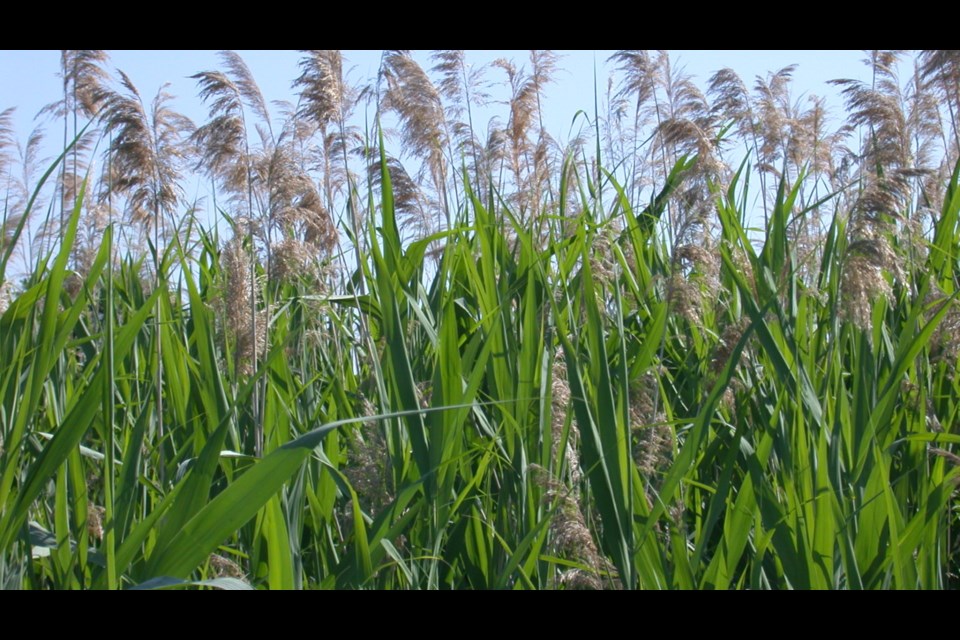THUNDER BAY — Thunder Bay and area residents can add the little-known invasive phragmites to the list of plants whose arrival in the northwest should worry them.
It is a tall species of grass typically found along highways in southern Ontario.
Melissa Davidson of EcoSuperior says "it's a really big problem down south but we're starting to see it up here, which is a cause for concern, for sure."
Invasive phragmites is an aggressive plant that spreads quickly and out-competes native species for water and nutrients. It crowds out native vegetation, diminishing plant biodiversity, and provides generally poor habitat and food supplies for wildlife, including some species classified as At Risk in Ontario.
Among the places where it recently showed up is along the Thunder Bay Expressway south of the Highway 11/17 intersection, as well as other locations near the expressway.
Davidson has included invasive phragmites on her Top 5 list of plants to watch for, as she works on developing a strategy for combatting invasive species.
The others are:
- Wild parsnip, which initially spread to the Sibley Peninsula, but is now within the city limits. It produces a yellow flowers as opposed to the white flower found on the similar-looking native species, cow parsnip. Wild parsnip is photo toxic, meaning that if its sap gets on a person's skin, exposure to the sun can result in a rash. It has been found on the grounds of Lakehead University.
- Japanese knotweed, which is more likely to be found in backyards, because homeowners used to plant it as a hedging plant. It is found in patches around the city including Junot Park. Its extensive root system can cause damage to house foundations.
- Garlic mustard. It has been located along the McVicar Creek walking trail near Court Street, and on the walking trails behind the Lakehead Psychiatric Hospital.
- Himalayan balsam. It is the most widespread of the invasive species in Thunder Bay, and is frequently found in backyards.
EcoSuperior recently launched an online survey to find out how much local residents know about invasive plants, and what their level of concern might be.
Davidson said that, in the early responses, she has already seen a high level of awareness about the Himalayan balsam, but much less awareness about some of the other species.
She's also seeing that most respondents, to this point, are more concerned about the environmental impact of invasive plants than they are about the threat to public health and to infrastructure.
The survey will be posted until April 12.
"We're trying to gain public support on this issue" and for the community strategy, Davidson said.
The strategy is likely to include a heavy emphasis on public education. "It's a lot easier to prevent new invaders than deal with them once they are here. Education and outreach is a big part of that process," she noted.
Among other components, it's expected there will be species-specific management recommendations, such as a mowing plan for the Himalayan balsam.
The strategy, which should be ready before summer, will be presented to Thunder Bay city council.
Over the next several weeks, EcoSuperior will also host two workshops to help gardeners keep invasive species away from their properties.
The Grow-Me-Instead sessions are scheduled for the EcoSuperior offices on Red River Road on March 27 and April 16.
Participants are required to register in advance.
